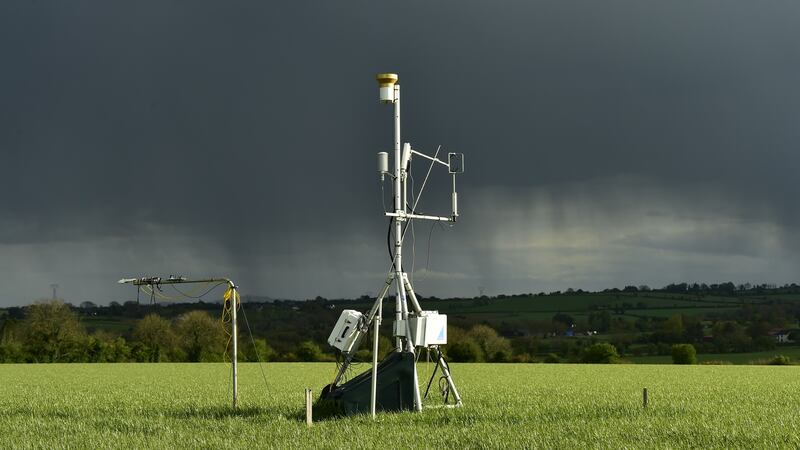A new initiative led by Teagasc is aimed at supporting climate action by Irish farmers with the overall goal of reducing gaseous emissions from Irish agriculture, while also creating more profitable and sustainable farming enterprises.
The Signpost programme will also act as a test bed for on-farm carbon-sequestration measurements so that this can, in time, be taken into account when calculating net greenhouse gas emissions from agriculture.
In addition, the programme aims to improve water quality and maintain and, in some cases, improve biodiversity.

"We are taking a holistic view of the issue," says Signpost programme manager Tom O'Dwyer. "The programme will address all four elements of sustainability: economic, social, environment and innovation."
Central to the programme will be a network of 100 Signpost farms. These will act as demonstration farms for the programme and sites for carbon-sequestration measurements.
The demonstration farms will showcase the science-based technologies that can reduce agricultural emissions as well as create a national network where carbon sequestration in grassland and hedgerows can be examined.
“Through our own work in Teagasc and through international experience, we know that demonstration farms are very good at facilitating change at farm level,” says O’Dwyer.
“We are confident that Teagasc researchers have identified technologies to reduce greenhouse gas and ammonia emissions,” he continues. “We are also confident that a significant number of the technologies won’t come at a cost to farmers. Many of them require a change in practice at no financial cost. It’s more a time cost. It might involve learning a new skill to be able do things differently.”
He points out that some of the technologies are already being adopted by farmers and the aim is to achieve rapid widespread adoption. One of these is the use of a particular type of fertiliser that has a slower breakdown of urea content.
“That product could actually save money as it sells at a slightly lower cost than the alternatives at the moment,” he notes. “That’s an easy switch. The supply chain just has to catch up with the science.”
Another easy switch, although one with a capital cost, is the use of low-emission spreaders for slurry. “We want to increase the uptake of technologies that will reduce emissions.”
Teagasc will work with the demonstration farms to reduce environmental footprint, at the same time as improving profitability. It is envisaged that a tailored farm sustainability plan, identifying areas for improvement and action, will be created for each farm.
All participant farmers will also receive a farm sustainability report at the end of each year – benchmarking their progress against their starting point, other Signpost farmers and the targets set for the farm.
The next phase will be to get the technology out into commercial farms around Ireland.
“Farmers learn from other farmers. We will initially work with the 100 demonstrator farms to get them on the journey to sustainability and reduced emissions. We will then hold events on those farms and engage in other knowledge-transfer and advisory activity to encourage other farmers to embark on the journey.”
Carbon sequestration
Carbon sequestration is a key element of the programme. “We want to validate the amount of carbon that can be stored and sequestered on farms. A very interesting research project at the moment is taking soil samples from a number of farms around the country. The plan is to take multiple samples in 2021 to establish a baseline indication of the amount of carbon store in the different samples.
“That will be cross-referenced with other data such as soil type, land-management practice, climatic conditions and so on. We are interested in the rate that the carbon reserve is topped up. We aim to identify management practices that can accelerate carbon sequestration.
“We will return to farms in 2025 to re-sample to measure the rate of sequestration over time.”
The second part of the study involves the installation of series of carbon flux towers around the State. These towers contain sensors that continuously sample the air and measure the amount of carbon and other greenhouse gases around. “We will use the data to build a picture of the ebbs and flows of carbon and other elements in the atmosphere.”
This is just the first step in a long journey, according to O’Dwyer. “The journey we are setting out on is quite challenging. We have to get 137,000 farmers to shift. We also need to ensure that farming is recognised for all its contributions.
“Farmers produce food and look after water, air, landscape and soil quality. Any farming activity impacts on those things. Farmers and farming should get credit if a change in farming practice gets the soil to sequester more carbon.”












